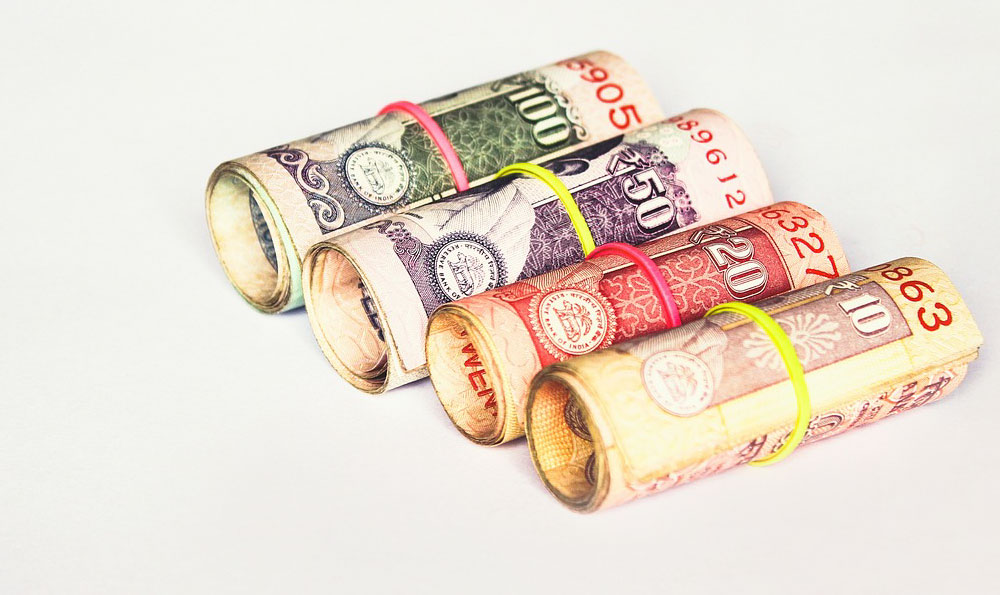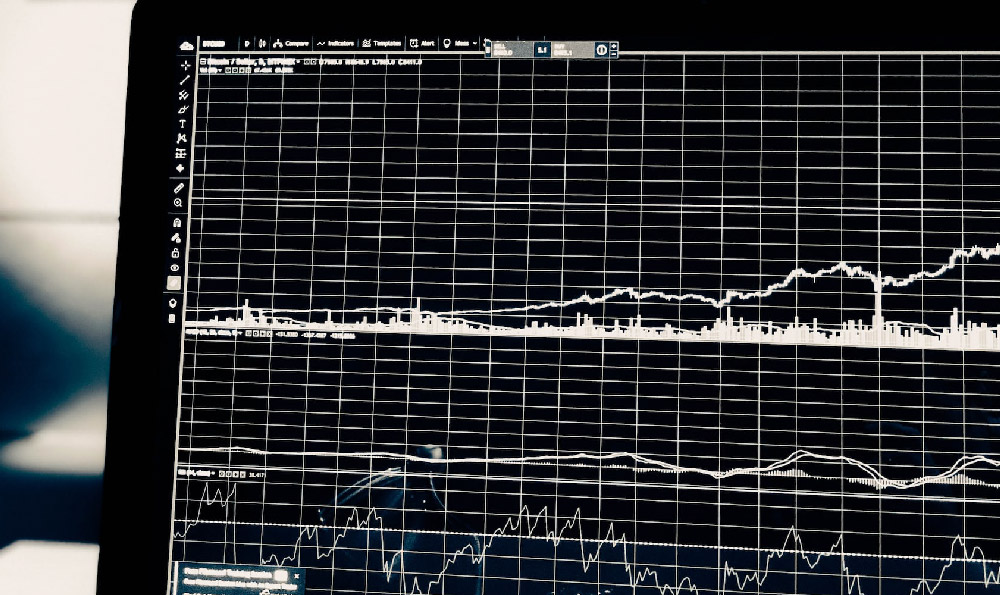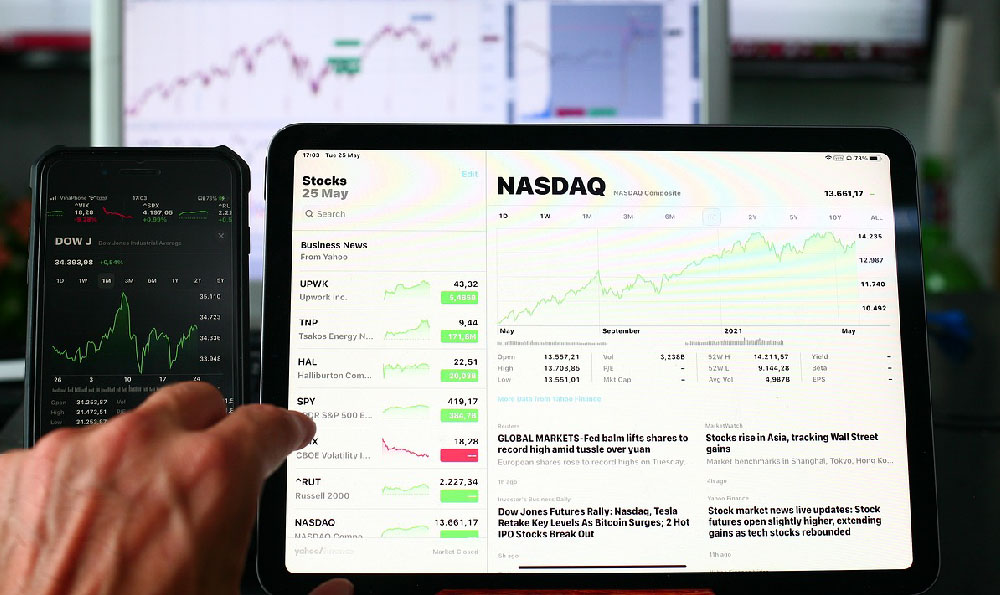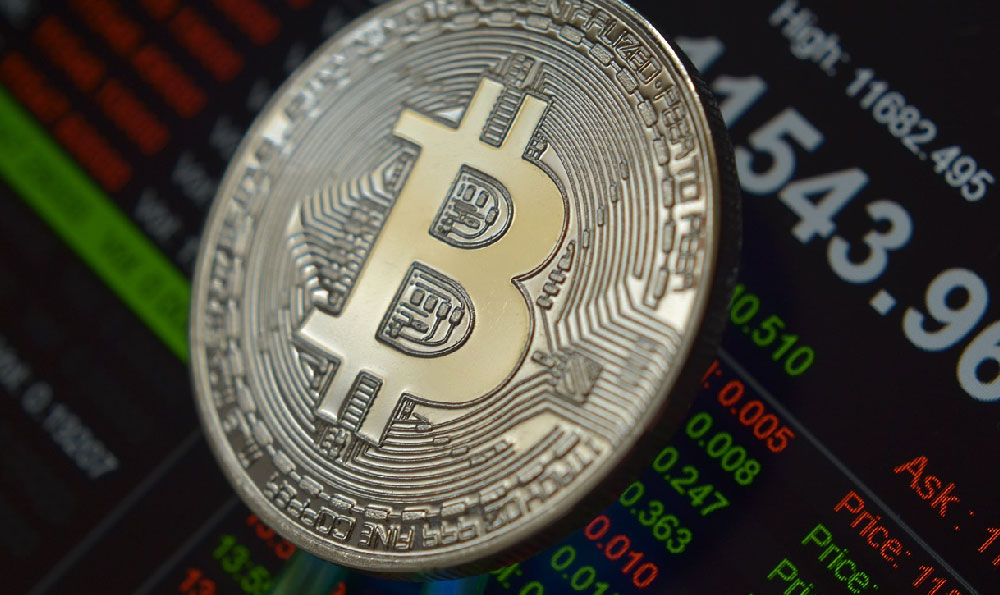How did the Mafia get rich? And what were their methods?

The Mafia's accumulation of wealth, a dark and intricate tale woven with violence, corruption, and exploitation, is not a simple rags-to-riches narrative. It's a history lesson in how illicit power, when unchecked, can distort economies and amass fortunes built on human suffering. Their methods, while diverse and often evolving with the times, consistently relied on a few key pillars: control, extortion, and the infiltration of legitimate businesses.
One of the earliest and most enduring sources of Mafia wealth was protection racketeering, often glorified in popular culture as simply "protection." However, its reality was far more sinister. Local businesses, particularly in immigrant communities where trust in law enforcement was low, were forced to pay "tribute" to the Mafia in exchange for "protection" from vandalism, theft, or worse. Refusal to pay often resulted in arson, beatings, or even murder. This wasn't merely a service; it was a calculated system of fear and intimidation. By establishing dominance over a territory, the Mafia effectively monopolized security, creating a captive market and a steady stream of income. This control wasn't limited to small shops; large construction projects, dockyards, and even unions were vulnerable, adding significant sums to their coffers.
As their power grew, the Mafia moved beyond simple extortion into more sophisticated gambling operations. Illegal lotteries, casinos, and bookmaking flourished, often shielded from law enforcement through bribery and political connections. These ventures generated enormous profits, particularly in eras when legal gambling was restricted. The appeal of quick riches, coupled with the Mafia's willingness to offer credit and "fix" outcomes, drew in a diverse clientele, further expanding their reach and influence. The control over gambling also provided a convenient means for laundering money earned through other illicit activities.
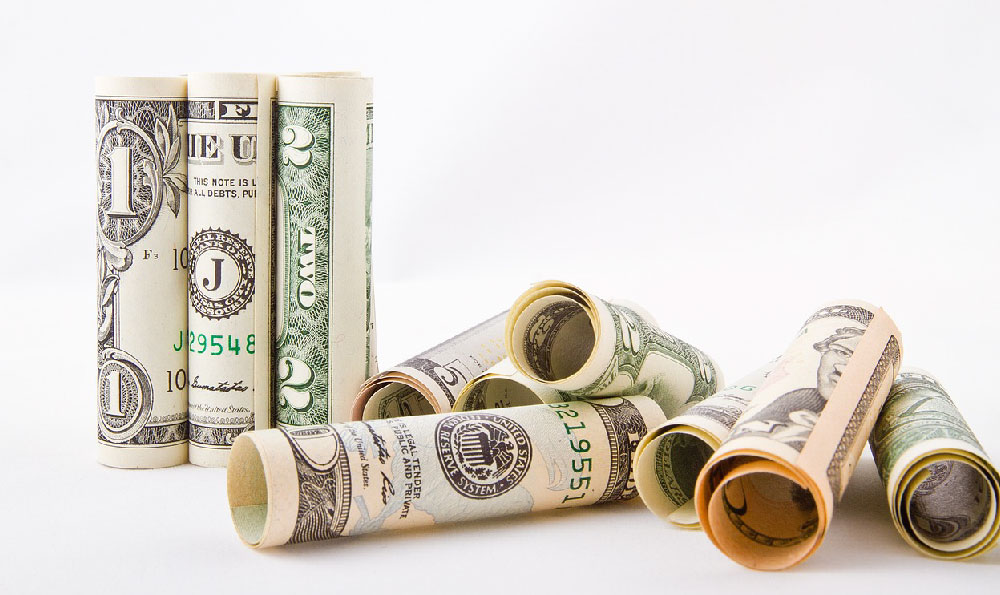
The prohibition era presented an unparalleled opportunity for the Mafia to expand and consolidate its power. Bootlegging, the illegal manufacture and sale of alcohol, became a highly lucrative enterprise. They organized vast networks of smugglers, distillers, and distributors, transforming themselves from local thugs into powerful business magnates. The competition for territory and market share during Prohibition led to bloody gang wars, but the victors emerged with even greater control over the burgeoning black market. This period not only generated immense wealth but also honed their organizational skills and their ability to corrupt law enforcement and political figures.
Following the repeal of Prohibition, the Mafia diversified its portfolio, expanding into other illicit markets, most notably narcotics trafficking. Heroin, and later cocaine, became a major source of revenue, particularly in the post-World War II era. The immense profits associated with drug trafficking allowed them to exert even greater influence over legitimate businesses and political institutions. The inherent risks of the drug trade – violence, arrest, and long prison sentences – were simply factored into the cost of doing business. The scale of their operations, often spanning international borders, required sophisticated logistical networks and a ruthless approach to eliminating competition.
Beyond these primary sources of income, the Mafia also engaged in various forms of fraud and corruption, infiltrating legitimate businesses to launder money and generate further profits. They manipulated labor unions, rigged bids on construction projects, and engaged in securities fraud. These activities not only enriched themselves but also undermined the integrity of the economic system, distorting markets and creating an uneven playing field. The infiltration of legitimate businesses provided a veneer of respectability and a means of concealing their illicit activities from law enforcement.
The methods employed by the Mafia to acquire and maintain their wealth were consistently characterized by violence, intimidation, and corruption. They cultivated a culture of omertà, a code of silence that protected them from prosecution and enabled them to operate with impunity. This code, enforced through threats and acts of violence, ensured that their criminal activities remained shrouded in secrecy.
It's crucial to understand that the Mafia's wealth accumulation wasn't solely due to entrepreneurial skill or business acumen. It was fundamentally built on the exploitation of vulnerable populations, the corruption of public officials, and the undermining of the rule of law. Their methods offer a stark warning about the dangers of unchecked power and the devastating consequences of organized crime. While law enforcement agencies have made significant strides in combating the Mafia, their legacy continues to impact societies around the world, serving as a reminder of the enduring threat posed by criminal organizations. Understanding their methods, and the societal vulnerabilities they exploited, remains essential for preventing similar forms of illicit wealth accumulation in the future.


